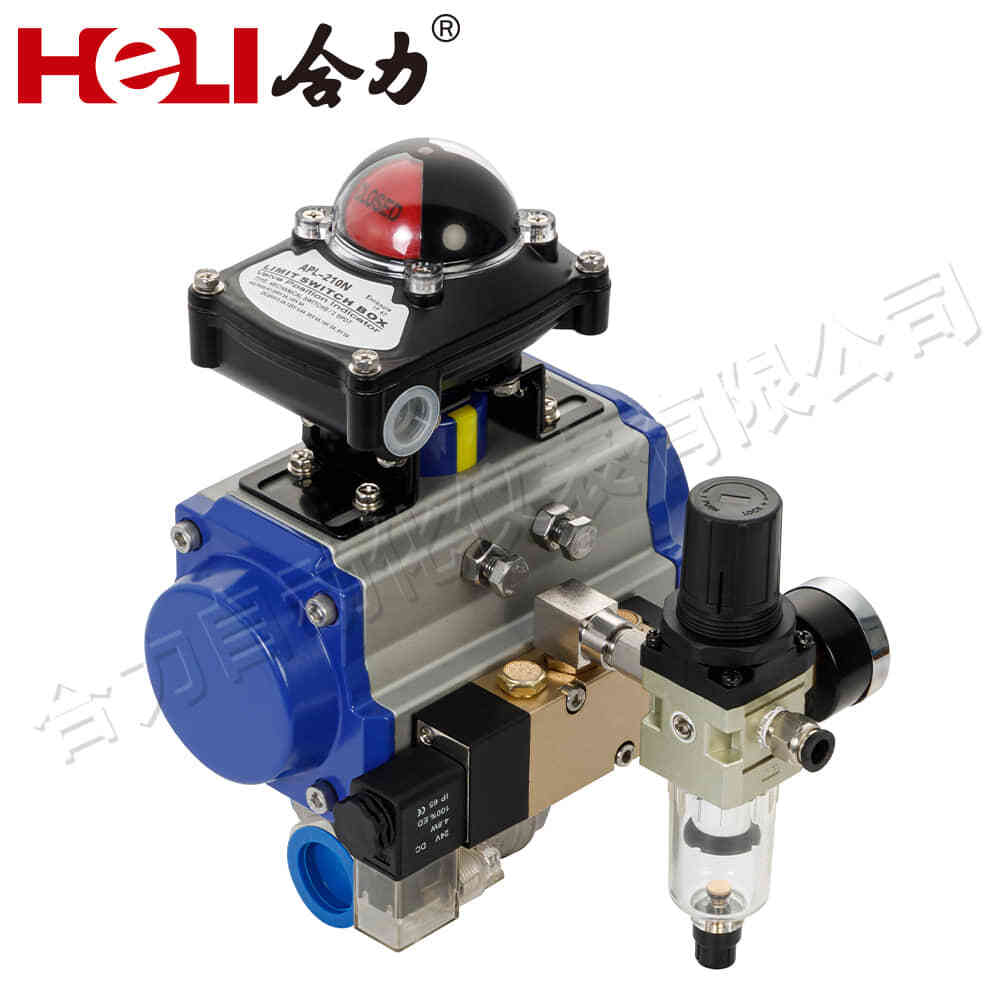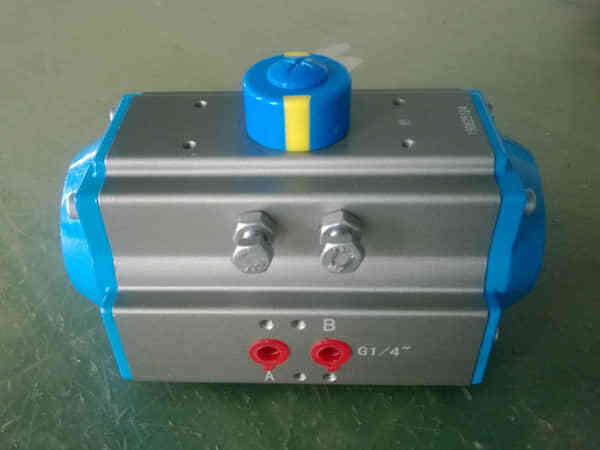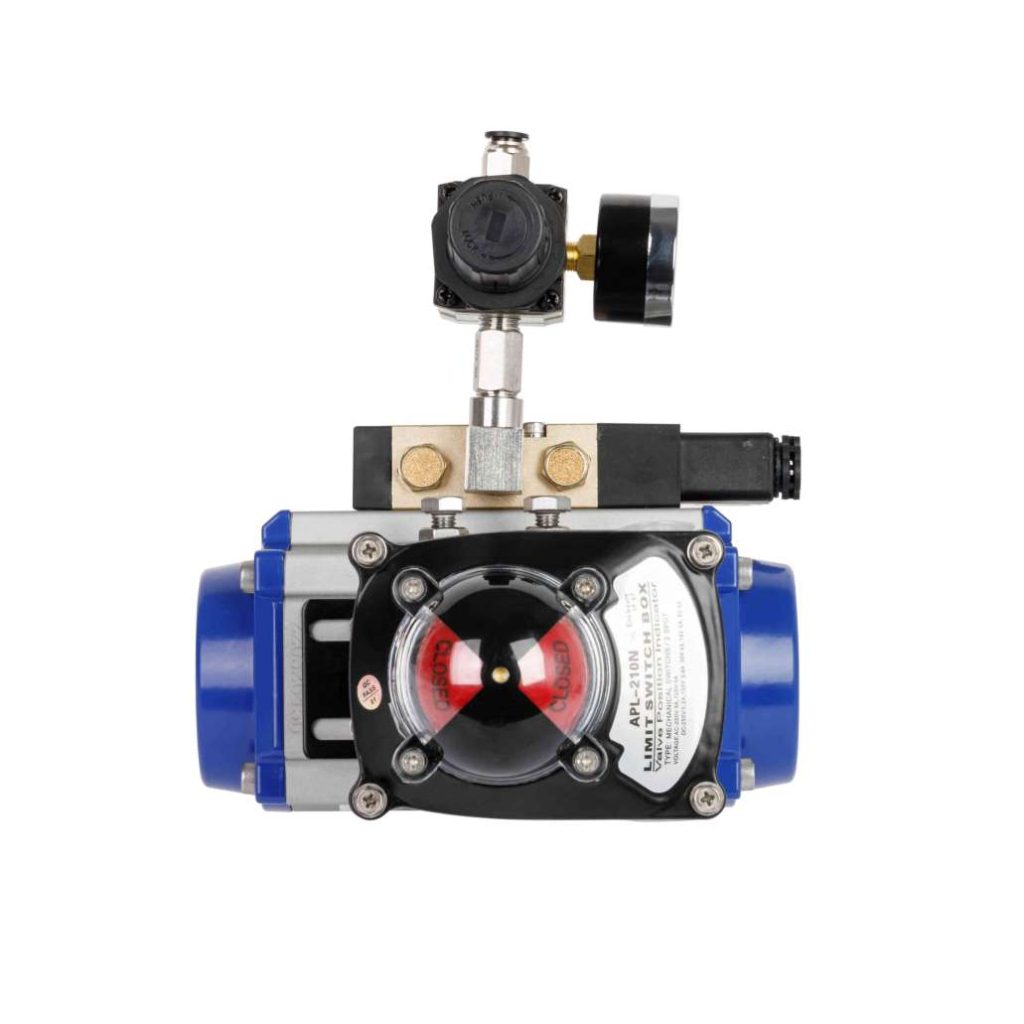Pneumatic actuators play a critical role in modern automation, powering a wide range of systems with compressed air. As an essential component in automated processes, these actuators provide efficient, reliable, and cost-effective solutions for numerous industrial applications. This article delves into the workings, benefits, and key applications of pneumatic actuators in various industries.

Understanding Pneumatic Actuators

A pneumatic actuator is a mechanical device that uses compressed air to produce motion. The actuator consists of a cylinder and a piston. When pressurized air is supplied to one side of the piston, it moves in a linear direction, creating mechanical motion. This movement can either be used to push or pull, depending on the design of the actuator. There are two main types of pneumatic actuators: single-acting actuators and double-acting actuators. Single-acting actuators use air pressure on one side of the piston, with a spring on the opposite side to return the piston to its original position. Double-acting actuators, on the other hand, use air pressure on both sides of the piston to control movement in both directions. The type of actuator chosen depends on the application’s specific needs for force, speed, and control.
